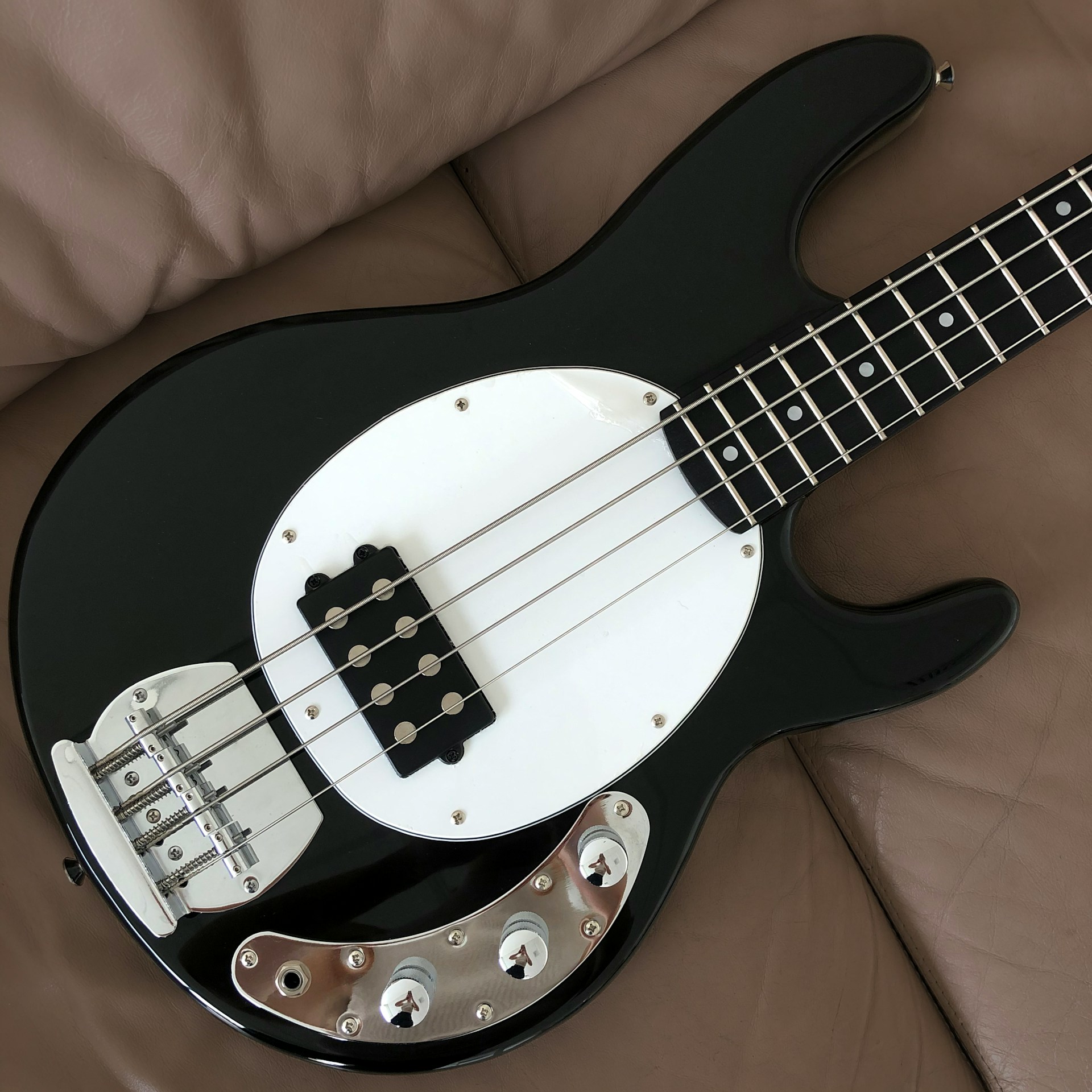
Music is a universal language, and musical instruments are the tools that bring this language to life. Throughout history, certain instruments have gained immense popularity, transcending cultural and geographical boundaries. This article explores the top 10 most popular musical instruments worldwide, celebrating their unique sounds and the roles they play in various musical traditions.
1. Piano
Overview
The piano is often considered the king of musical instruments due to its versatility and range. Invented in the early 18th century by Bartolomeo Cristofori, the piano has become a staple in classical, jazz, pop, and many other genres.
Popularity
- Wide Range: The piano covers a wide range of octaves, making it suitable for solo performances and accompaniment.
- Expressive Capability: Its dynamic range allows for expressive performances, from soft, delicate passages to powerful, resonant chords.
- Educational Tool: The piano is often the first instrument learned by music students, providing a strong foundation in music theory and technique.
2. Guitar
Overview
The guitar is a versatile string instrument that comes in various forms, including acoustic, electric, and classical. Its origins can be traced back to ancient string instruments, but it gained modern popularity in the 20th century.
Popularity
- Portability: The guitar is portable and relatively easy to learn, making it accessible to many people.
- Versatility: It is used in a wide range of genres, from rock and pop to classical and jazz.
- Iconic Status: Legendary guitarists like Jimi Hendrix, Eric Clapton, and Andrés Segovia have elevated the guitar’s status in popular culture.
3. Violin
Overview
The violin, a key member of the string family, is renowned for its expressive sound and agility. It has a rich history, with roots in medieval Europe, and remains a central instrument in classical and folk music.
Popularity
- Expressive Sound: The violin’s ability to produce a wide range of tones and dynamics makes it a favorite among composers and performers.
- Classical Repertoire: It has an extensive repertoire of classical music, including solo pieces, chamber music, and orchestral works.
- Cultural Significance: The violin is integral to many cultural traditions, from Western classical music to Indian classical and Celtic folk music.
4. Drums
Overview
Drums and percussion instruments are among the oldest musical instruments, providing the rhythmic foundation for many musical styles. The drum kit, consisting of various drums and cymbals, is central to modern music genres like rock, jazz, and pop.
Popularity
- Rhythmic Foundation: Drums provide the essential rhythm and groove in many musical styles.
- Energy and Impact: The dynamic and powerful sound of drums energizes live performances and recordings.
- Diverse Varieties: From traditional African drums to modern drum kits, the variety of percussion instruments is vast.
5. Saxophone
Overview
The saxophone, invented by Adolphe Sax in the 1840s, is a woodwind instrument with a distinctive, rich tone. It is widely used in jazz, classical, and popular music.
Popularity
- Jazz Icon: The saxophone is synonymous with jazz music, with legends like John Coltrane and Charlie Parker revolutionizing its use.
- Expressive Sound: Its ability to produce smooth, mellow tones as well as bright, brassy sounds makes it versatile.
- Solo and Ensemble: The saxophone is effective as both a solo instrument and in ensembles, including wind bands and orchestras.
6. Flute
Overview
The flute is a woodwind instrument known for its sweet, melodious sound. It is one of the oldest instruments, with versions found in ancient cultures worldwide.
Popularity
- Melodic Beauty: The flute’s pure, clear tone is ideal for melodic lines in various musical styles.
- Versatility: It is used in classical orchestras, chamber music, jazz ensembles, and folk music traditions.
- Accessibility: The flute is relatively easy to learn and affordable, making it popular among beginners.
7. Trumpet
Overview
The trumpet, a brass instrument with a bright and powerful sound, has a long history dating back to ancient civilizations. It plays a crucial role in classical, jazz, and popular music.
Popularity
- Brilliance and Power: The trumpet’s ability to produce brilliant, powerful notes makes it stand out in ensembles.
- Jazz Staple: It is a key instrument in jazz, with legends like Louis Armstrong and Miles Davis defining its role.
- Versatility: The trumpet is used in various musical settings, from orchestras and concert bands to jazz bands and solo performances.
8. Keyboard
Overview
Keyboards encompass a range of electronic and digital instruments, including synthesizers, digital pianos, and organs. They have become essential in modern music production and performance.
Popularity
- Technological Innovation: Keyboards offer a wide array of sounds and effects, thanks to advancements in digital technology.
- Music Production: They are crucial tools in music production, enabling composers and producers to create complex arrangements.
- Live Performance: Keyboards are versatile instruments for live performances, used in various genres from pop and rock to electronic dance music.
9. Clarinet
Overview
The clarinet, a woodwind instrument with a warm and flexible tone, is a staple in classical and jazz music. Its modern form was developed in the 18th century.
Popularity
- Versatile Sound: The clarinet’s ability to produce both smooth, mellow tones and bright, piercing notes makes it versatile.
- Classical and Jazz: It has a significant role in classical orchestras and chamber music, as well as in jazz ensembles.
- Wide Range: The clarinet’s wide range of notes and expressive capabilities make it a favorite among musicians.
10. Cello
Overview
The cello, part of the violin family, is known for its deep, rich sound. It is a central instrument in classical music, with a growing presence in contemporary genres.
Popularity
- Rich Tone: The cello’s rich, resonant tone makes it ideal for both solo and ensemble performances.
- Classical Repertoire: It has a vast classical repertoire, including solo works, chamber music, and orchestral pieces.
- Modern Use: The cello is increasingly used in modern genres, including pop, rock, and film scores, showcasing its versatility.
Conclusion
The popularity of these instruments is a testament to their unique sounds, versatility, and cultural significance. Each instrument has its own story and place in the world of music, contributing to the rich tapestry of global musical traditions. Whether you are a seasoned musician or a beginner, exploring these instruments can offer a deeper appreciation of music’s universal language.
